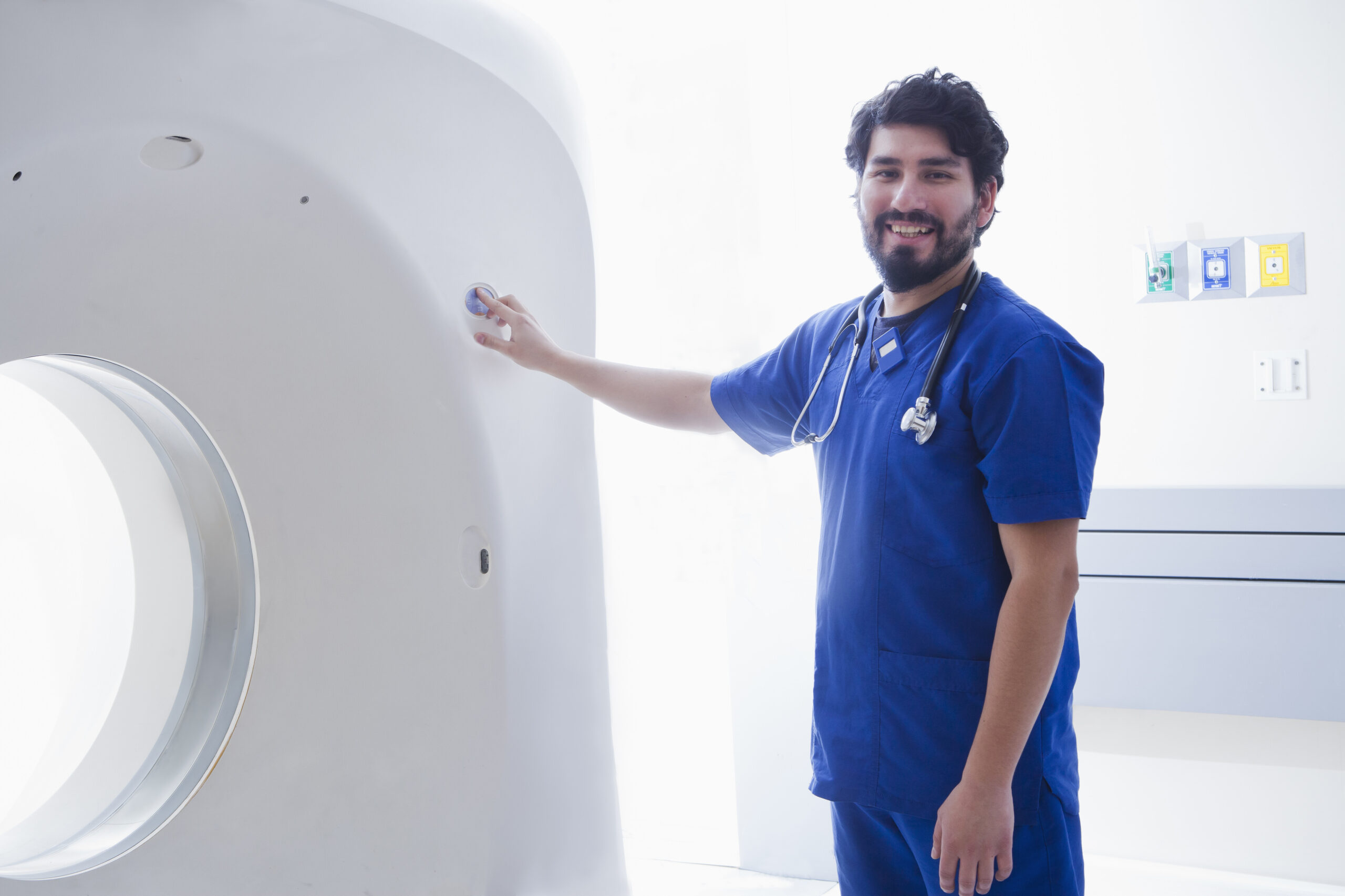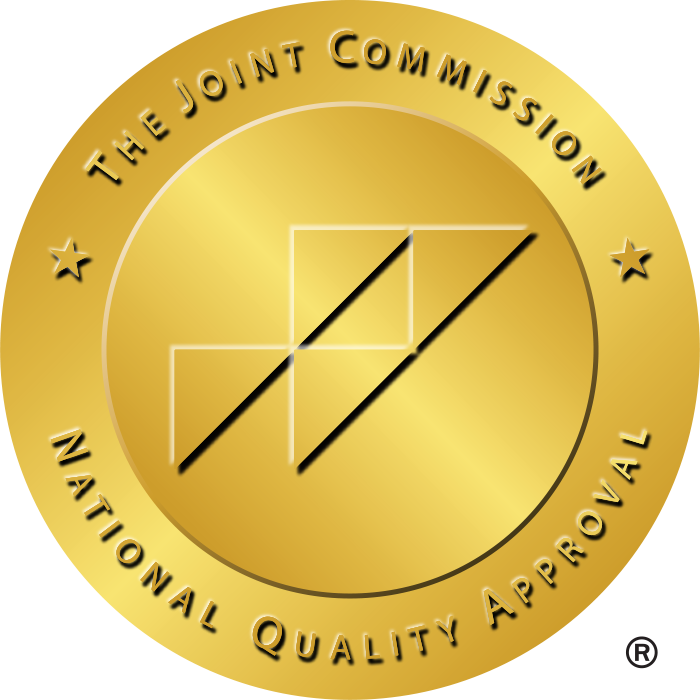Everything You Need to Know About Ultrasound Tech Jobs
Primarily a radiological imaging modality, ultrasound tech jobs are gaining much demand in the healthcare industry. Diagnosis is often the most crucial step of treatment. Hence, as a diagnostic tool, ultrasound is simple yet very crucial to diagnose various diseases and take a peek inside the body. It can also be used to administer treatments and monitor internal organs, such as fetal movement and vitals during pregnancy. This is why ultrasound tech jobs have a very promising career ahead.
Furthermore, it is also used for imaging abdominal, pelvic, and cardiac abnormalities, such as stones, irregular movements, fluids, etc. High-intensity focused ultrasound (HIFU) is largely used for treating tumors and tremors, guiding injections to certain body parts, and detecting and treating musculoskeletal issues. It can also monitor the ovarian follicle to evaluate infertility.
Hence, considering the vast expense of uses of this modality, ultrasound tech jobs are increasingly growing with a high demand, offering plenty of opportunities for the professionals interested in diagnostic modalities in the medical industry. For aspiring medical professionals, it’s a great gateway to becoming a part of the medical workforce. However, understanding the key aspects such as salary expectations, job responsibilities, potential challenges, etc, are important to make the right choice. outlook is essential to make the right decision.

What Are Ultrasound Tech Jobs?
Ultrasound tech jobs are also known as sonography. It is an essential imaging modality used for various purposes, including diagnosis, treatment administration, and monitoring. Ultrasound techs basically take high-resolution, detailed images of internal organs, muscles, tissues, and blood vessels. This way, doctors can easily peek inside the body to diagnose and monitor various medical conditions.
You can find ultrasound tech jobs in different medical settings, including hospitals, diagnostic centers, specialized clinics, etc. If you are searching for ultrasound tech jobs near me, consider connecting with a healthcare staffing agency. The best healthcare staffing agencies have comprehensive lists of hospitalist jobs.
There are many specialization opportunities for ultrasound techs, such as cardiac sonography, mucoskeletal imaging, gynocologic sonography, etc. Although the responsibility of each specialization is the same, that is, to take accurate imaging. However, the challenges may be different based on each specialization.
How to Become an Ultrasound Tech?
Now, after understanding the full scope of ultrasound tech jobs, you may be wondering how you can become an ultrasound tech. To answer simply, it takes a traditional path starting from completing basic education, acquiring necessary certifications and state licensure, and lastly gaining experience.
- Education: Acquiring an ultrasound tech job is quite simple. You can enter the field by completing an associate degree in science or by completing a certification program targeted toward diagnostic imaging.
- Certification: Certified sonographers are more prefered by employers for ultrasound tech jobs. It not only enhances job prospects but also increases earning potential. Hence, obtaining certificates from a recognized and accredited organization, such as ARRT, is a wonderful decision.
- Licensure: In some states, ultrasound tech jobs require a license. However, the licensure requirements may vary from state to state. Hence, make sure to check your state requirements.
- Clinical Experience: Most employers require at least one year of clinical experience. You can acquire this either during or after education. Some programs have clinical rotations for students to gain hands-on experience. Otherwise, you can go for internships after completing your studies.
How Much Do Ultrasound Techs Make?
The most important aspect of any job is its salary expectations. According to the U.S. Bureau of Labor Statistics (BLS), the average ultrasound tech salary in the US is around $84,470 per year. However, the most recent data takes the average to $98,273 per year. This figure can go even higher, up to $155,500 annually, for those with additional certifications and specializations.
- Vascular sonographer salary: The average salary of vascular sonographer jobs is $116,697 annually.
- Echo-vascular sonographer salary: The average echo-vascular sonographer earns $98,199 annually.
- Cardiac sonographer salary: The average cardiac sonographer salary is $89,646 annually.
- OB/GYN sonographer salary: The average OB/GYN sonographer salary is around $110,073 annually.
- Neuro sonographer salary: The average neuro sonographer salary is $90,891 annually.
- Pediatric ultrasound technician salary: The average Pediatric sonographer salary is $98,273 annually.
- Adult echocardiographer salary: The average salary of echocardiographers is $135,512 annually.
- Pediatric echocardiographer salary: The average salary of pediatric echocardiographer jobs is $251,599 annually.
- Fetal echocardiographer salary: Fetal echocardiographers make $89,646 annually on average.
- Breast sonographer salary: The average breast sonographer job pays $110,073 annually.
Some specialties pay higher due to the requirement of higher technical skills or the critical nature of responsibilities. Moreover, the salaries can also fluctuate based on location or type of facility. Hence, connect with your local staffing agency or search sonographer jobs near me to get an estimate of ultrasound technician salary in your area.
Responsibilities and Workload of Ultrasound Tech Jobs
The responsibilities of ultrasound tech jobs, regardless of specialization, are pretty much the same. However, the workload may vary based on the type of facility and healthcare demands in your location. The general responsibilities include:
- Performing Examinations: To take clear imaging, ultrasound techs are responsible for prepping patients, applying gel at the target area, operating the equipment, and capturing detailed images, which are later analyzed by physicians.
- Interacting with Patients: Although an ultrasound tech job is a technical role, it also involves patient interaction to explain the procedure and make them comfortable during imaging.
- Documentation & Reporting: This job also involves documenting and reporting accurate patient data. Hence, sonographers must be good with documentation tools and medical software like EMRs.
- Team Collaboration: Communication and teamwork are key to success in this role, as ultrasound techs often work alongside other medical professionals.
Potential Challenges in Ultrasound Tech Jobs
Like any other medical profession, ultrasound tech jobs are also quite demanding and come with their fair share of challenges. Hence, it is necessary to understand these challenges before taking a dive into the field. Here are some common challenges in ultrasound tech jobs that’ll offer great insight into the field and prepare you for a better decision.
- Physically demanding: They have to spend long hours on their feet in busy hospital schedules. Due to this, they are often exhausted, stressed, and even have physical effects such as fatigue, lower body pain, musculoskeletal issues, etc.
- Work-related stress: The work can be stressful due to the constant pressure of being accurate.
- Emotional distress: Handing difficult news or critical diagnoses to patients can be very emotionally draining for many ultrasound techs.
- Technical difficulties: With technical progress, ultrasound imaging is rapidly evolving. Due to this, we get new techniques and equipment, and ultrasound techs need to stay updated on these.
Final Thoughts!
In essence, ultrasound tech jobs offer a great career path with excellent career prospects and plenty of growth opportunities. By understanding the full scope of the job with its responsibilities, salary expectations, and potential challenges, you can make the right choice of whether this career path is for you or not. However, the field has diverse career options with amazing and high-paying specializations that will surely offer job satisfaction.
If you are searching for ultrasound tech jobs near me, want to know how much do ultrasound techs make, or want to find out the pay scale of different specializations such as cardiac sonographer salary, this guide has everything you need to know about ultrasound tech jobs.







